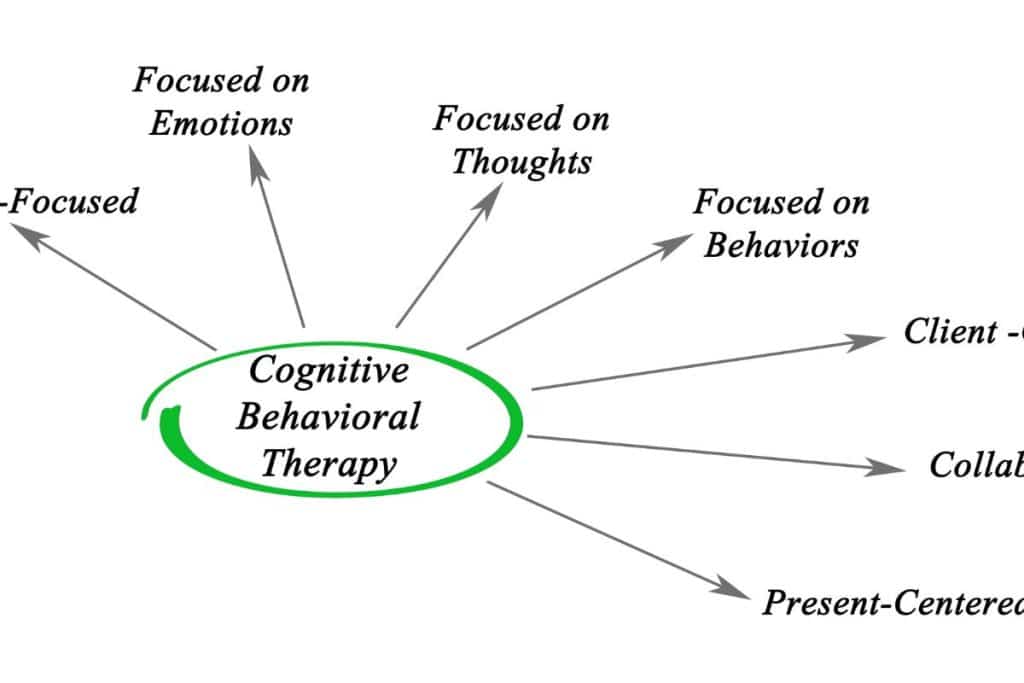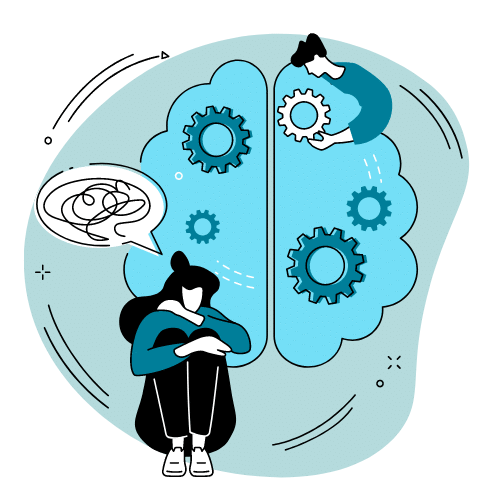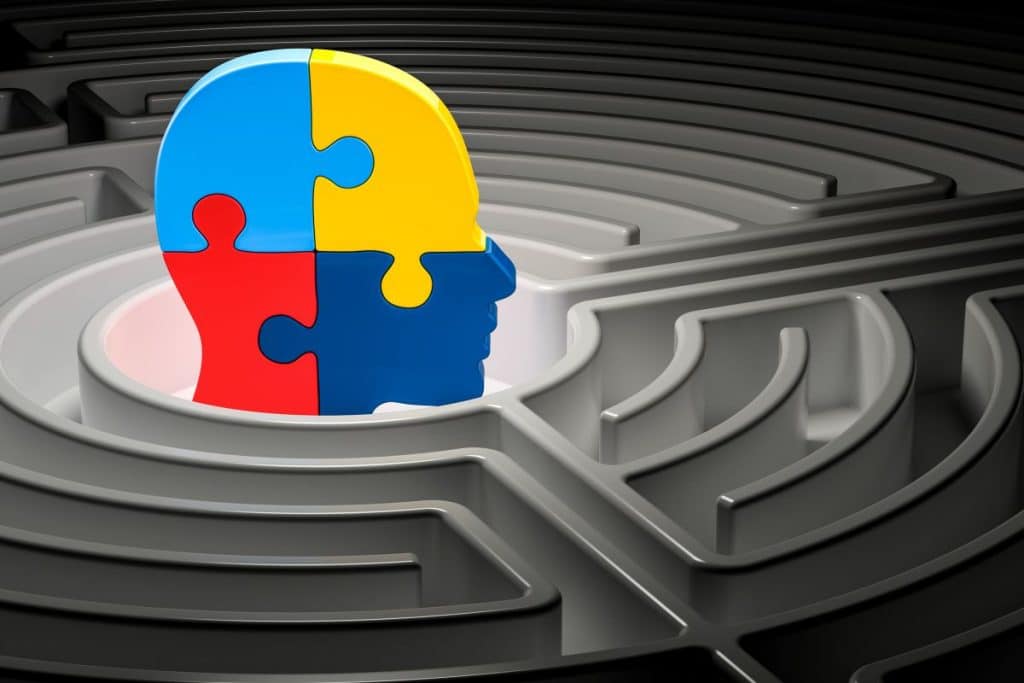Cognitive Behavioral Therapy (CBT) and Dialectical Behavioral Therapy (DBT) are two types of psychotherapy that are commonly used to treat a variety of mental health conditions. While both therapies are very useful in mental health treatment and share some similarities, there are also important differences between them.
Understanding the difference between these two forms of therapy can help you better decide how each can be helpful to you and in what way. Certain people and conditions respond better to one or the other. Most well-rounded treatment programs for mental health have both CBT and DBT on offer, though CBT is somewhat more common in those settings.
In this blog, we will explore the differences between CBT and DBT.
Cognitive Behavioral Therapy (CBT)
CBT is a type of talk therapy that focuses on the relationship between thoughts, feelings, and behaviors. The goal of CBT is to identify negative or irrational thoughts and beliefs and replace them with more positive and rational ones. This therapy is based on the idea that our thoughts, feelings, and behaviors are interconnected, and that changing one can lead to changes in the others.
CBT is typically structured and goal-oriented, with a specific focus on identifying and changing problematic thoughts and behaviors. It is often used to treat conditions such as anxiety disorders, depression, and post-traumatic stress disorder (PTSD).
CBT typically involves the following steps:
- Assessment: The therapist will work with the client to identify the thoughts, feelings, and behaviors that are causing problems.
- Goal-setting: The therapist and client will work together to set specific goals for therapy.
- Cognitive restructuring: The therapist will help the client to identify and challenge negative or irrational thoughts and beliefs, and replace them with more positive and rational ones.
- Behavioral activation: The therapist will work with the client to develop strategies for changing behaviors that are contributing to the problem.
- Homework: The client may be given homework assignments to practice the skills learned in therapy.
Dialectical Behavioral Therapy (DBT)
DBT is a type of talk therapy that was originally developed to treat borderline personality disorder (BPD), but has since been used to treat a variety of mental health conditions, including substance abuse, eating disorders, and PTSD. DBT is based on the idea that people with BPD experience intense emotions that they struggle to regulate, leading to impulsive behaviors and difficulty in interpersonal relationships.
DBT combines traditional CBT techniques with mindfulness and acceptance-based strategies to help clients learn to regulate their emotions and improve their relationships. It is typically delivered in a group setting, although individual therapy may also be included.
DBT typically involves the following components:
- Mindfulness: Clients learn to be more present in the moment and to observe their thoughts, feelings, and sensations without judgment.
- Distress tolerance: Clients learn to tolerate difficult emotions without engaging in impulsive or self-destructive behaviors.
- Emotion regulation: Clients learn to identify and regulate their emotions in a healthy way.
- Interpersonal effectiveness: Clients learn to communicate effectively and build healthy relationships.
- Diary cards: Clients keep track of their emotions and behaviors on a daily basis, which can help them identify patterns and develop strategies for change.
Differences between CBT and DBT

While CBT and DBT share some similarities, there are also significant differences between the two therapies. Knowing what the differences are may give you some insight into which of the two could be most effective for a particular set of issues or a particular person. Both have strengths however and are considered established standards in the world of mental health treatment and psychotherapy.
Here are some of the key differences:
- Focus
CBT focuses primarily on changing negative or irrational thoughts and behaviors, while DBT focuses on regulating intense emotions and improving interpersonal relationships.
- Structure
CBT is typically structured and goal-oriented, with a specific focus on identifying and changing problematic thoughts and behaviors. DBT, on the other hand, is often delivered in a group setting and is less structured, with a focus on developing skills to manage emotions and improve relationships.
- Mindfulness
While mindfulness is often used in both therapies, it is a core component of DBT and is used to help clients learn to be more present in the moment and to observe their thoughts and emotions without judgment.
- Inclusion of acceptance-based strategies
DBT includes acceptance-based strategies, such as radical acceptance, which involves accepting difficult situations without judgment or
Getting CBT or DBT Treatment for Mental Health
If you think you or someone you love may benefit from mental health therapy, don’t be afraid to reach out to us and ask for guidance. Some people find outpatient therapy is enough. Others can benefit by beginning with a more intensive residential mental health setting.
The important thing is taking action and getting a formal evaluation and diagnosis. Don’t worry about trying to figure out whether you need CBT, DBT or both however. Leave that to the professionals. The best next step for you to make is to reach out for help.
Give Swift River a call at: 413-570-9698 we’re here to listen and ready to help.













